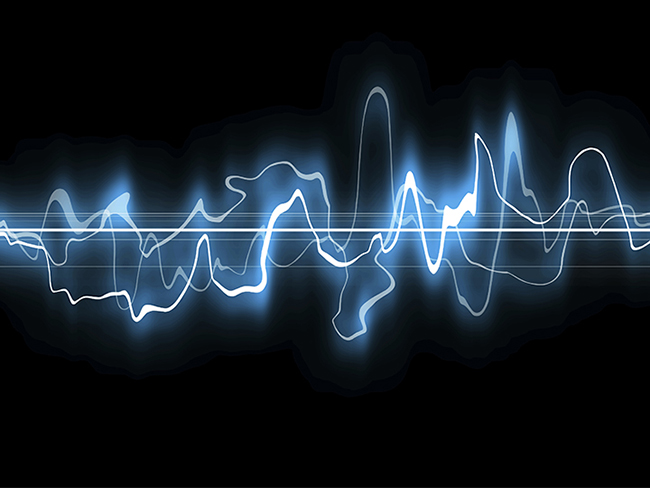It’s that time: you’re about to select a venue for a meeting or an event. Before you sign on the dotted line, it’s crucial that you ensure the venue can support the technical requirements of the function.
When I say this, I am not referring to the capabilities of the in-house provider or an outside service, but rather the physical environment of the facility itself. How does the room sound when it is empty? Is it quiet or noisy? Do you hear sound coming in from adjacent areas? How much do you hear the HVAC system? Large meetings often require that the production specialist servicing the event attend the site visit, but these items can also impact smaller meetings and events that do not have that luxury. Why does “the box” matter, and what should you look and listen for during a site inspection? Let’s take a look.

Sound basics: hearing and intelligibility
Since a meeting is fundamentally about people communicating, the ability to both hear and understand the material being presented is critical. While hearing is a function of volume, understanding is based upon intelligibility; and intelligibility relies heavily on the acoustics of the room. Are there a lot of hard surfaces in the room? Wood floors or walls, windows or glass, hard ceilings? Or, are the floors carpeted, the walls padded, and the ceiling covered with acoustical tiles?
If you stand in the middle of the room and clap loudly one time how many echoes of that clap do you hear? This is actually a good test…try it. If you get multiple echoes of that clap it means that sound is bouncing all over the room. Now imagine being in a room full of people with all of the background noise they generate bouncing around and also trying to understand a presenter. Providing a microphone will increase the ability to hear them (volume), but will also add more sound to bounce around the room. Understanding (intelligibility) will not be improved.
Acoustical issues: noise annoys
Speaking of noise, how does the empty room sound? Depending on location and season, it is almost certain that the HVAC system will be used to either heat or cool the space. Is it on during your visit? If not, ask for it to be turned on. What do you hear? Air movement, fan noise or rattling, mechanical noise through the ducts? Of course, any mechanical system performance will vary over time, but testing during your visit will provide a good indication of what to expect during your event.
Another major acoustical concern is sound that may emanate through the walls. Will there be another event happening at the same time as yours? Where is the service elevator? If you happen to be visiting when another event is in progress, listen to it from your room.
If you are looking at a meeting space that is divided by operable partition walls, there is an “eyeball” test that will help identify how well it will perform in keeping out unwanted sound. Have the lights in the adjacent room turned on full, and then turn off the lights in the room you are in. How much light do you see leaking around the operable wall, or through gaps in the panels? The more light you see, the more sound will pass through.
Since lights are typically always on in any adjacent service corridor that same test can be performed to see how much noise can invade from the service area. Look for whether or not the facility has sound lock vestibules between the meeting spaces and the service corridor. This is additional protection from noise intrusion by having two sets of doors to pass through, ensuring there is always at least one closed door between the space and service area. Some facilities lack the vestibule but will have a thick curtain that can be drawn to provide some insulation from sound and light intrusion. Some may also have a “Meeting in Progress” light or sign to indicate to the staff the need for quiet. While you are in the service hallway, look at the floor. Is it carpeted, smooth concrete, or tiled with grout lines? Imagine a large cart full of dishes being pushed down the hall. What will the wheels have to run over?
Alleviate unwanted distractions
When we boil down the reason for bringing people together, it is typically to communicate a message or celebrate a success. It is important to ensure that the environment you are choosing will help; not hinder that goal. Taking time to assess sound issues prior to the event will help avoid unwanted distractions for your presenters and attendees, leaving them free to focus on the message.
Jeff Loether is president and founder of Electro-Media Design, Ltd, an audiovisual systems design and acoustical consultation group with expertise in audio, video, control, and related presentation, entertainment, and communications technologies. Jeff can be reached at [email protected].



